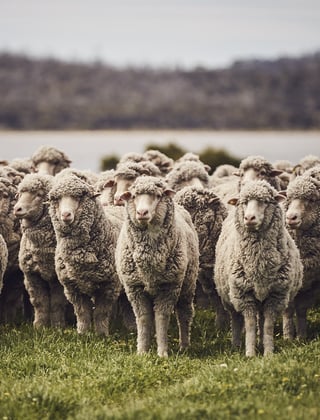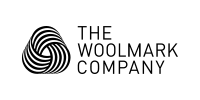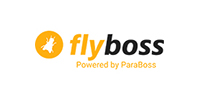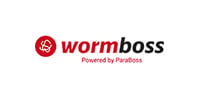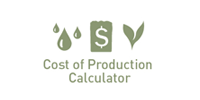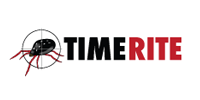Strengthening Australia-China wool industry ties

Ten young members of the Chinese wool industry recently visited Australia as participants in AWI’s 2025 China Future Wool Industry Leaders program, and returned to China with an increased knowledge of and appreciation for Australian wool.
The China Future Wool Industry Leaders study tour brought to Australia representatives from major companies and organisations in the Chinese wool textile industry with the aim to strengthen ties between the two countries’ wool industries.
The tour was organised by AWI and is a key output from a grant provided by the Australian Government’s National Foundation for Australia-China Relations (NFACR).

The participants included representatives from some of the largest companies in the wool supply chain in China, including the vertically integrated Nanshan, top makers Tianyu and Sunwoo, spinner Xinao, home textile manufacturer JHT, and brands/retailers Uniqlo and ICICLE.
Key Chinese wool industry organisations were well represented, with participants from the Nanjing Wool Market, China Wool Textile Association and Zhangjiagang Industrial Association. A representative from Austrade in Beijing and Woolmark in Shanghai also travelled to Australia to accompany the delegation.
Prior to leaving China, the participants had a briefing by Woolmark and the Australian Consul-General John Williams at the Austrade office in Shanghai.
Highlights of the tour in Australia included several farm visits for the Chinese participants to learn first-hand how wool-growing enterprises operate. This was the first time that most of them had seen the source of the wool that they work with every day back in China. The farms visited in NSW were Little Range, Boorowa; Willow Glen, Bathurst; and Sweet Wattle, Oberon; while in Victoria they visited Lal Lal Estate near Ballarat, which is owned by Mr Qingnan Wen, the president of Tianyu.
“It was particularly inspiring to see how woolgrowers are adapting to challenges such as climate change, market fluctuations, and evolving consumer expectations; all while maintaining an extraordinary commitment to quality and care for the land.”
Jacques Ji, Manager, Zhangjiagang Industrial Association
The delegation also learnt what happens to wool in Australia after it leaves the farm gate. They visited the wool auctions at Yennora in Sydney, toured the Australian Wool Testing Authority operations at Kensington, and the Elders state of the art wool handling facilities at Ravenhall.
In addition, the tour included visits to the Sydney Royal Easter Show, the National Wool Museum at Geelong, Parliament House in Canberra, and the AWI/Woolmark office in Sydney.
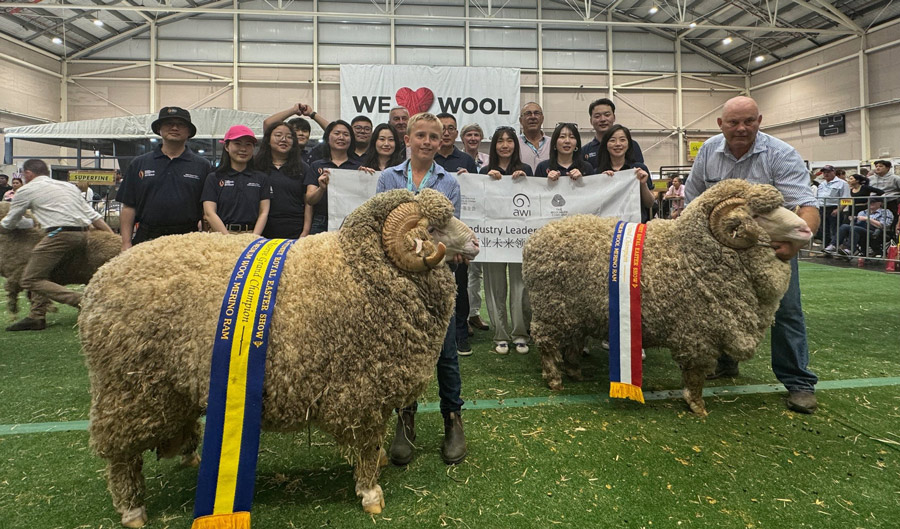
The ten participants in the China Future Wool Industry Leaders study tour with champion Merinos at the Sydney Royal Easter Show.
Supporting wool’s future
The delegates said the China Future Wool Industry Leaders tour gave them a much greater understanding of and appreciation for the wool supply chain in Australia.
“Through this tour, I have come to appreciate the maturity and professionalism of Australia's Merino wool industry,” said Marketing Manager Jiani Gu of Xinao
“The knowledge I’ve acquired will not only significantly benefit my future development, it will enable us to have more collaboration with growers and help our marketing department to better promote wool in the future to our clients and customers.”
“With the concerted efforts of wool industry partners from both Australia and China, I am confident that the naturally superior Merino wool fibre will achieve even greater development in the future.”
Jiani Gu, Marketing Manager, Xinao
Zhangjiagang Industrial Association Manager, Jacques Ji, said the visit provided him with a much deeper understanding of the rigorous standards, transparency, and professionalism that underpin the Australian wool industry.
“Meeting the woolgrowers, exporters, and industry leaders face-to-face was an invaluable opportunity which allowed me to build connections, exchange ideas, and better appreciate the passion and resilience that drive this industry forward,” he said.
“This experience has strengthened my determination to contribute meaningfully to the future of the wool trade, and to help foster even closer ties between China and Australia.”
The study tour complemented a similar study tour last year to China by ten up-and-coming members of the Australian wool industry, which also received NFACR grant funding. That tour included visits to Chinese wool processing mills and the Nanjing Wool Market Conference. The participants returned to Australia with optimism having witnessed China’s high level of investment in the wool industry (see the December 2024 edition of Beyond the Bale).
A second Australian delegation on Future Wool Industry Leaders program left for a tour of China in late May this year.
This article appeared in the Winter 2025 edition of AWI’s Beyond the Bale magazine that was published in June 2025. Reproduction of the article is encouraged.







